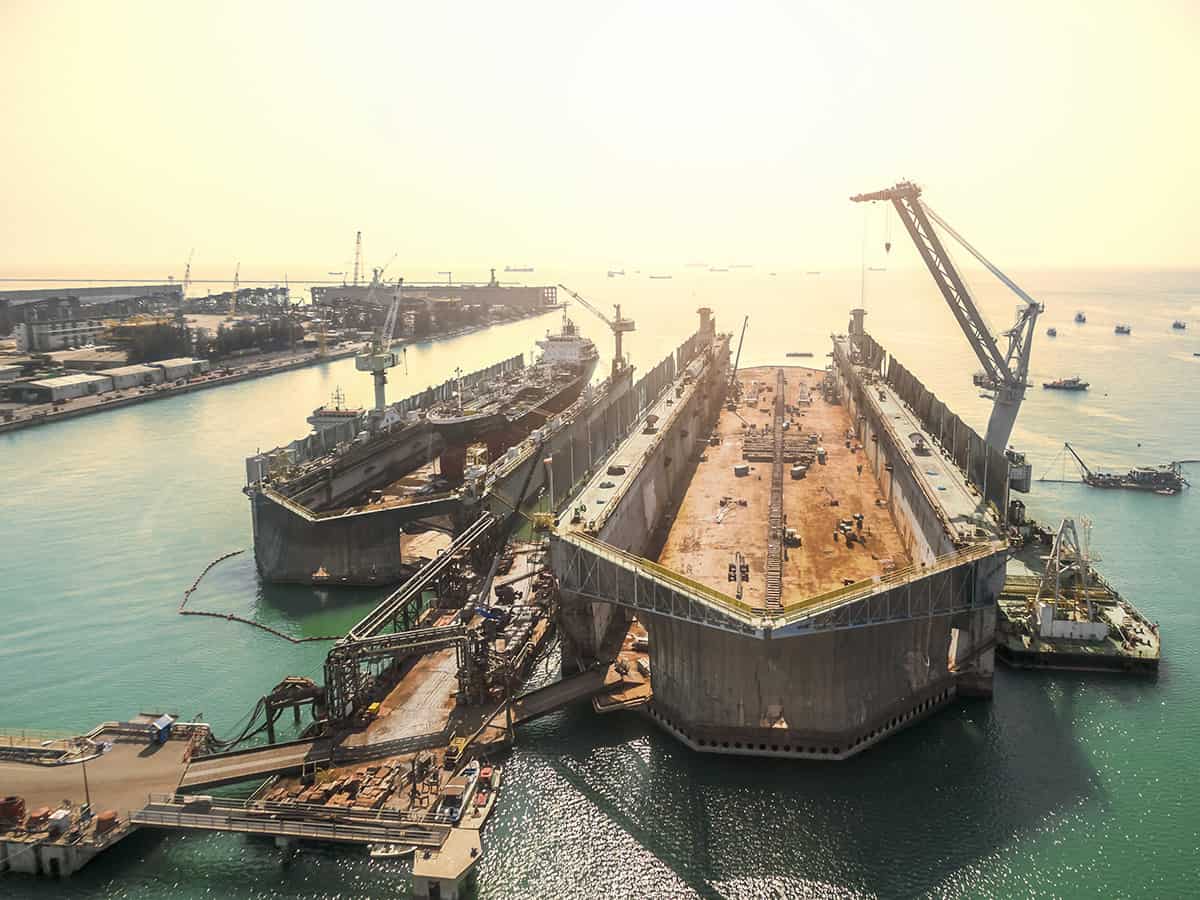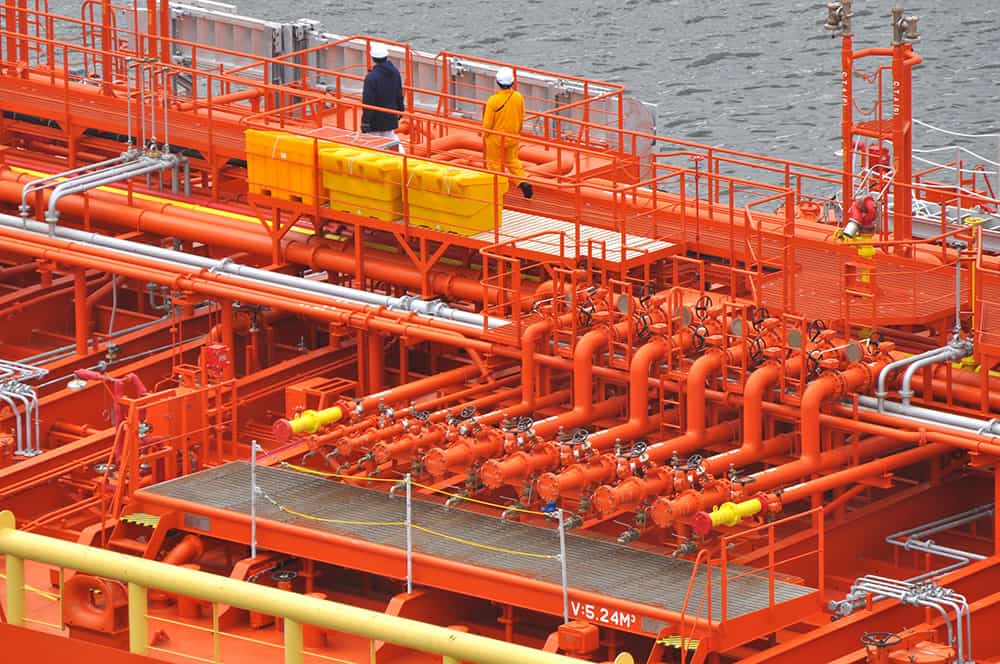Have you ever been on a cruise or seen a cruise ship up close? If so, you can imagine the extraordinary effort required for the ship’s construction. Commercial and naval ships we see on the waters today offer comforts far beyond basic electrical, water, steam, and fuel service lines. The magnitude of today’s shipbuilding projects can necessitate up to three years of work, with considerable time and effort dedicated to machining and welding piping systems and other metallic assemblies.
However, due to issues like cracking, it wasn’t until WWI that welding was even considered for the job. Decades of advanced research and development in new and improved welding processes have allowed welding to become an integral part of the maritime industry. Still, the intricacies of welding in the shipyard continue to present new challenges when welding specialized systems.
When welding complicated piping systems or fuel tankers, welders often must perform welds in cramped conditions. This not only increases welding process difficulty but also poses safety hazard. To achieve the highest weld quality and meet industry standards—such as the standards designated by OSHA for welding—manufacturers can apply automated welding systems for shipbuilding.



